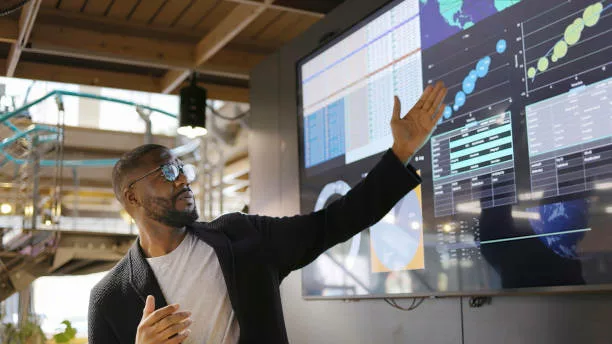In today’s fast-paced educational landscape, innovative engagement strategies are essential. Gamification, which incorporates game design elements into learning, transforms routine educational tasks into enjoyable, rewarding experiences. In this article, we will explore the meaning, application, and benefit of gamification in education.
Let’s dive in.
What is Gamification?
Gamification of learning is an educational approach that seeks to motivate students by using video game design and game elements in learning environments.
Additionally, it is the process of defining the elements that comprise games, making those games fun, and motivating players to continue playing, then using those same elements in a non-game context to influence behavior.
Gamification has various practical applications in education, including language learning, mathematics, science, corporate training, and higher education. For instance, Duolingo’s gamified approach makes language learning enjoyable, while Khan Academy’s gamified elements facilitate engagement with complex subjects.
Similarly, universities incorporate gamified quizzes and simulations to enhance student engagement and learning outcomes. By leveraging game design elements, these platforms and institutions foster motivation, interaction, and fun, leading to improved learning experiences and outcomes.
The goal is to maximize enjoyment and engagement by capturing the interest of learners and inspiring them to continue learning.
Benefits of Gamification in education
1. Increased motivation:
Gamification taps into our natural desire for competition, achievement, and rewards. By using points, badges, and leaderboards, students are motivated to participate and achieve their learning goals.
2. Interactive and Immersive Learning:
Gamification encourages active participation and provides immediate feedback. Students can track their progress, identify areas for improvement, and take control of their learning journey.
3. Collaboration and Teamwork:
Many educational games are designed for group play, promoting communication, problem-solving, and critical thinking. Gamification cultivates social skills, teamwork, and collaboration.
4. Flexibility:
Gamification can be applied to various subjects and learning contexts, including traditional classrooms, online courses, and corporate training programs. Educators can tailor the experience to meet the specific needs and interests of their students.
Conclusion
Integrating gamification into education will help bridge the gap between learning and entertainment. Also, it will create a more immersive and enjoyable learning experience for students.
Are you a school owner or administrator in need of a web solution like SchoolTry to automate, digitize, or transform your schoolwork? Click on this link to register for free and see how it works




